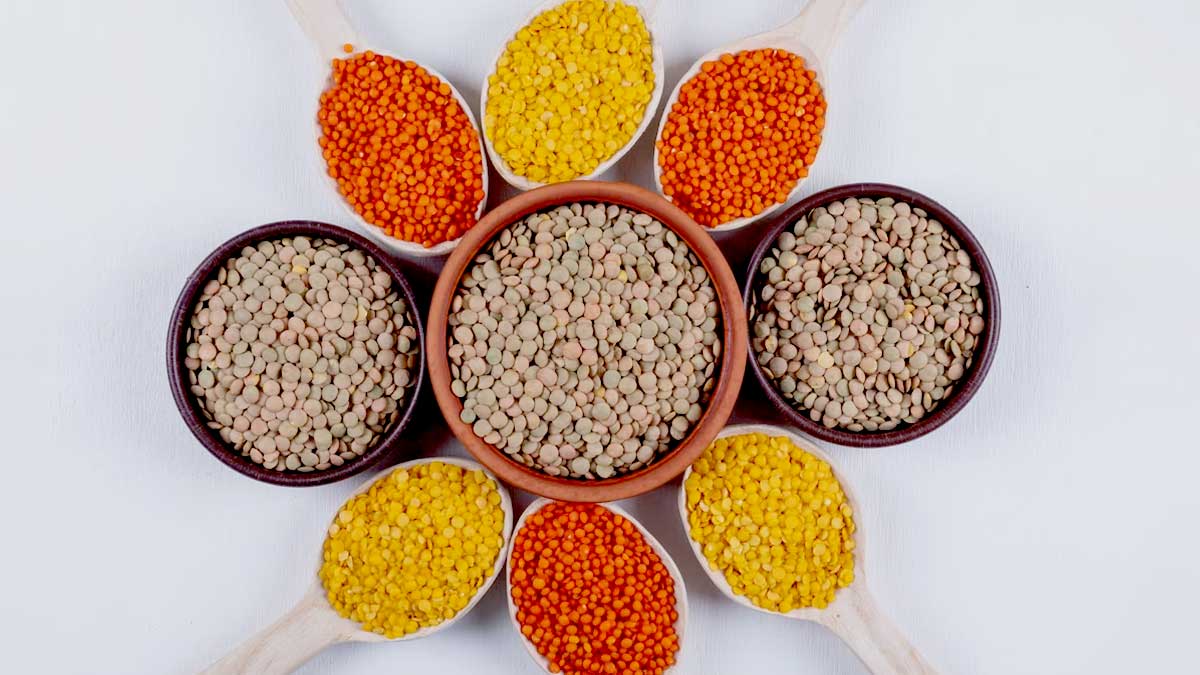
How many times have you had extreme flatulence after finishing your supper, which included a bowl of dal? This is probably how every other day feels.
Farting can be embarrassing and uncomfortable, but did you know that certain dals (lentils) can contribute to increased gas production in the body? In this article, we will explore the connection between consuming dals and excessive farting, understand what happens in the body when we consume dal and more.
Table of Content:-
The Dal-Digestion Connection
As per Dietician Priya Bansal, MSc Nutrition, formerly worked at Apollo Hospital, Delhi, "When we consume dal, our bodies break down the complex carbohydrates and fibre present in the legumes." During the digestive process, bacteria in the gut ferment these carbohydrates, leading to the production of gases such as hydrogen, methane, and carbon dioxide. Excessive gas production can result in flatulence or bloating, causing discomfort and pain.

Timing And Quantity of Dal Consumption
Timing and quantity play crucial roles in minimising flatulence caused by dal consumption. Bansal advised consuming dal during the daytime when the body's digestion is more active. This allows for better breakdown and assimilation of nutrients. She added that consuming excessive quantities of dal can overwhelm the digestive system and lead to increased gas production. It is best to start with smaller portions and gradually increase the amount to allow your body to adjust.
Also Read: Are You Eating Enough Lentils Or Dal For Protein? Know How Much To Eat
5 Dals To Avoid For Excessive Flatulence
The expert listed five dals you should avoid for excessive flatulence.
1) Chana Dal (Bengal Gram)
Chana dal contains a high amount of fibre and complex carbohydrates, making it difficult to digest for some individuals. This can result in increased gas production and flatulence. Bansal suggested that look for bodily signs such as bloating or discomfort after consuming chana dal, it may be best to limit or avoid it in your diet.
2) Rajma (Kidney Beans)
Rajma is known for its high fibre content, which can contribute to increased gas production. Soaking and cooking rajma thoroughly can help reduce the gas-causing compounds. According to Nutrition Journal, if you are particularly sensitive to beans, it may be best to eat smaller portions or divide servings in half.

3) Toor Dal (Pigeon Peas)
Toor dal is a common dal variety that can lead to excessive gas production in some individuals. If you notice increased flatulence after consuming toor dal, consider reducing your intake or substituting it with other deals that are better tolerated by your digestive system.
4) Urad Dal (Black Gram)
Urad dal is a rich source of fibre and protein. While it offers several health benefits, it can also cause flatulence in some people, especially if consumed in large quantities or in dishes that are heavy and oily. Bansal stated that moderation is key when including urad dal in your diet.
Also Read: Nutritional Content Of Lentils: Unique Health Benefits Of Eating Dal
5) Moong Dal (Green Gram)
Moong dal is generally well-tolerated, but in some cases, it can still contribute to flatulence. It is advisable to cook moong dal thoroughly to enhance its digestibility. For better digestion, Bansal recommended eating moong dal khichdi with a glass of buttermilk.
[Disclaimer: The information in this article is provided by a registered medical practitioner. However, we recommend you consult your healthcare provider for accurate diagnosis and treatment.]
Image Credit: Freepik
Also watch this video
How we keep this article up to date:
We work with experts and keep a close eye on the latest in health and wellness. Whenever there is a new research or helpful information, we update our articles with accurate and useful advice.
Current Version